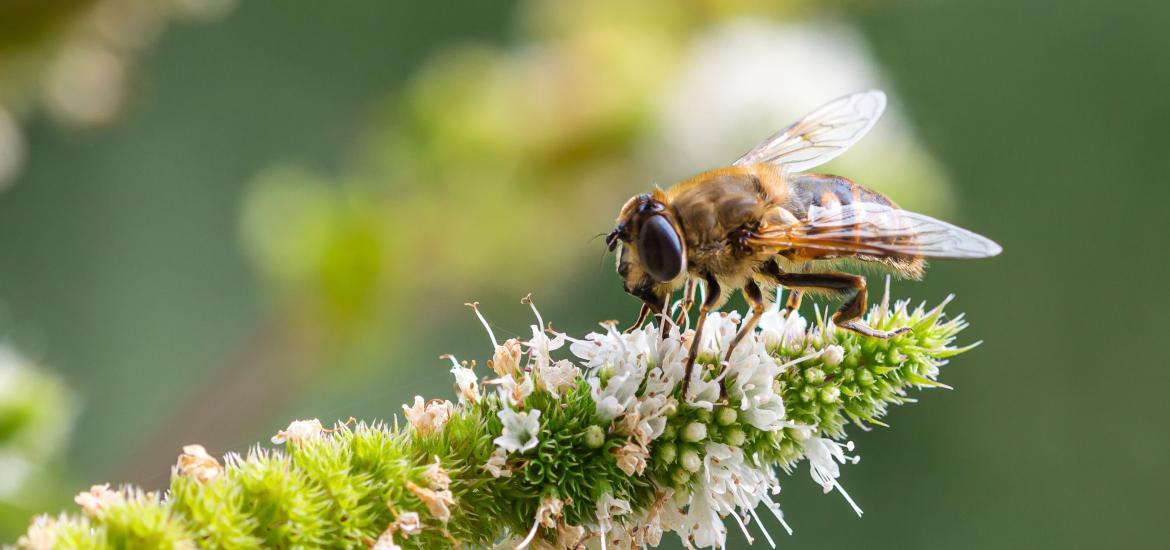- Home
- All News Overview
- COP27 Concluded and COP15 Begins

Wednesday, 7 December, 2022
Over two weeks of climate negotiations have ended in Sharm El Sheikh, Egypt. The 2022 United Nations Climate Change Conference of Parties (COP27), held on 6-14 November, ran into nearly two days of overtime.
Eventually, a deal amongst governments was stuck. The two primary positive outcomes were: the first-ever dedicated fund for loss and damage and an agreement on how to rethink the global financial system. The major disappointment was the loss of momentum from last year's COP26 to decrease the reliance on fossil fuels and increase decarbonization(1).
Boris Vannière, PAGES scientific steering committee member and visiting professor at the Institute of Plant Sciences, University of Bern, Switzerland presented at the COP27 side event on "Wildfire increase, a challenge for Earth system and societies" Watch from 17m49.
And today, the UN Biodiversity Conference of the Parties (COP15) begins in Montréal, Canada. The conference's main objective is to adopt a global biodiversity framework that recognizes the urgent need to transform economic, social, and financial models to stabilize biodiversity by 2023, with net improvements by 2050.
"It’s time for the world to adopt a far-reaching biodiversity framework — a true peace pact with nature — and deliver a green, healthy future for all." - Antonio Guterres, Secretary-General of the United Nations